The United States is rich in history most of us never learn anything about. While much of it is painful, some of it will reaffirm your belief that we are a strong people rich in culture and resilience. From coast to coast, here are few must-see historical sites by region that will leave you bursting with pride!
Northeast
Smith Court Residences (MA)
“The area of lower Joy Street and Smith Court was an important center of Boston’s 19th century black community.” William Cooper Nell, a tenant, was a leading abolitionist and law student. He refused to take an oath when he was admitted to the bar because he didn’t support the US Constitution. According to the National Park Service, he was the author of several historical books including Colored Patriots of the American Revolution and he worked at various times for the Liberator, the Massachusetts Anti-Slavery Society, and the Frederick Douglass’ Paper. He was also very active in the Boston Vigilance Committee and he sheltered or aided numerous self-emancipated slaves at 3 Smith Court.
W.E.B. DuBois National Historic Site (MA)
This National Historic Site is located in Great Barrington, Massachusetts, the town where prominent civil right activist, sociologist, writer, and Pan-Africanist, W.E.B. DuBois, lived during the first half of the twentieth century. It includes free walking tours of his now demolished homesite.
Tri-State
Austin F. Williams Carriage House (CT)
According to the National Park Service, in June of 1839, 53 members of the Mende tribe from present-day Sierra Leone were illegally captured and transported to Cuba and sold to Spanish planters. The men were loaded onto the ship Amistad which set sail for another Cuban port. Four days later, the Mende, led by Sengbe Pieh, took control of the vessel, killing some of their captors, and ordered the ship to sail to America. Brought into custody by the United States Navy, the Mende were imprisoned in New Haven, Connecticut, and charged with piracy and murder. A defense committee, including Austin Williams represented the Mende. The Supreme Court ruled that the Mende had been held illegally by force and that the siege and murder of their captures happened in self-defense. The Mende were ordered free on March 9, 1841. Upon their release, the Mende were taken in by members of their defense committee, including Austin Williams. Williams constructed a building on his property in which the male members of the group lived. This building is today the east section of the Austin F. Williams Carriage House.
Niagara Falls Underground Railroad Heritage Area (NY)
According to the website, the Niagara Falls Underground Railroad Heritage Area “celebrates, interprets and preserves the wealth of places and stories associated with the Underground Railroad found within the City of Niagara Falls and the surrounding region.”
Mid-Atlantic
Frederick Douglass House (DC)
19th century abolitionist and writer, Frederick Douglass, resided in this 20-room home for the last 13 years of his life. According to the National Park Service, the house, which sits on top of a 51-foot hill and is surrounded by eight acres of the original estate was restored to its 1895 appearance and is furnished with original objects that belonged to Frederick Douglass.
Mount Zion Cemetery (DC)
This Georgetown cemetery is composed of two separate adjacent cemeteries, the old Methodist Burying Ground and the Female Union Band Society Graveyard. According to the National Park Service, this historic site “illustrates the significant contribution of African Americans to the development of Georgetown and the work of an early benevolent society organized by black women for their own benefit.”
South
American Beach Historic District (FL)
According to the National Park Service, “in 1935, the Pension Bureau of a pioneering black-owned business, Jacksonville’s Afro-American Life Insurance Company (“the Afro”), bought 33 acres of shorefront property on Amelia Island. Commercial establishments including motels, guest houses, restaurants, nightclubs sprang up along with new summer homes, and American Beach became a magnet for vacationing African Americans from across the country. For day visitors, excursion buses ran between nearby minority communities and the beach.” On September 10, 1964, Hurricane Dora slammed into American Beach, damaging or destroying many homes and businesses. Some say the setback was further impacted by the Civil Rights Act of 1964, which opened all public facilities to African Americans dissuading visitors from staying on American Beach. Most hotels are gone now. However, the National Register of Historic Places has designated the original 33 acres as worthy of historic preservation.
Freedmen’s Town National Historic District (TX)
Following the Emancipation Proclamation in 1863, newly-freed African Americans begin creating their own communities across the country, many of them known as “Freedmen Town.” Despite setbacks, many Freedmen’s towns flourished including Houston’s Fourth Ward. Large numbers of African Americans left the east Texas plantations and arrived in Houston in 1866, settling along Buffalo Bayou. The community thrived, designated the “Fourth Ward” during a period in which Houston divided the city into political districts. Fourth Ward citizens paved the streets with bricks they made by hand and built a neighborhood, both physical and culturally, by utilizing their skills as carpenters, blacksmiths, preachers, lawyers, doctors and teachers. Today, the Fourth Ward is within a mile of Houston’s city center, bound on all sides by a progression of high-rise condos and office towers. Less than 30 historic structures out of hundreds remain.
Mid-West
Carver National Monument (MO)
This monument honors George Washington Carver, former enslaved American, Botanist and Inventor. Carver’s reputation is based on his research into and promotion of alternative crops to cotton, such as peanuts and sweet potatoes, which also aided nutrition for farm families.
Clearview Golf Club (OH)
According to the website, when PGA golfer, “Bill Powell encountered racial discrimination on the golf course after returning home from World War II, he decided to build his own place to play, one where people of all colors would be welcome. In 1946 he established Clearview Golf Club in East Canton, Ohio: America’s Course.” Clearview was named a National Historic Site by the U.S. Department of the Interior in 2001.
West
Colonel Allensworth State Historic Park (CA)
According to the California Department of Parks and Recreation, in August 1908, Colonel Allen Allensworth, a former enslaved American and Union soldier, and four other settlers established a town founded, financed and governed by African Americans. Their dream of developing an abundant and thriving community stemmed directly from a strong belief in programs that allowed blacks to help themselves create better lives. By 1910 Allensworth’s success was the focus of many national newspaper articles praising the town and its inhabitants.
Berkely Square (NV)
According to the National Park Service, the Berkley Square subdivision, which is located in the area historically known as Las Vegas’ Westside, consists of 148 Contemporary Ranch-style homes designed by internationally-known African American architect Paul R. Williams. It was built between 1954 and 1955 and was the first African American built subdivision in Nevada. Berkley Square, bounded by Byrnes Ave, D Street, Leonard Ave and G Street, was built to provide adequate housing for a growing African American community prior to the Civil Rights movement. The development was financed in part by Thomas L. Berkley, a prominent African American attorney, media owner, developer and civil rights advocate in Oakland, California.
Hawaii and Alaska
African American Diversity Cultural Center Hawai’i (AADCCH) (HI)
According to the website, this museum repository collects and archives historical documentation to preserve 200 years of Black history in Hawaii and share it with the community to educate and enhance cultural appreciation.
Alaska Alcan Highway (AK)
African-American engineers played a critical role in constructing the Alaska Alcan Highway. According to Wikipedia, the road was originally built mostly by the U.S. Army Corps of Engineers as a supply route during World War II. In 1942, the Army Corps of Engineers assigned more than 10,000 men, about a third were black soldiers, members of three newly formed “Negro regiments”. The Juneteenth Alaska Alcan Highway Celebration commended the soldiers in 2011 with the help of unexpected ally, former Alaska Governor Sarah Palin.
***
About The Author
Faye McCray is an attorney by day and writer all the time. Her work has been featured on My Brown Baby, AfroPunk, AfroNews, For Harriet, Madame Noire, Black Girl Nerds, Black and Married with Kids, and other popular publications. Faye also has a number of short stories and a full length novel available for purchase on Amazon. Most importantly, Faye is a proud wife and mother to three beautiful and talented young boys who she is fiercely passionate about raising.
attorney by day and writer all the time. Her work has been featured on My Brown Baby, AfroPunk, AfroNews, For Harriet, Madame Noire, Black Girl Nerds, Black and Married with Kids, and other popular publications. Faye also has a number of short stories and a full length novel available for purchase on Amazon. Most importantly, Faye is a proud wife and mother to three beautiful and talented young boys who she is fiercely passionate about raising.

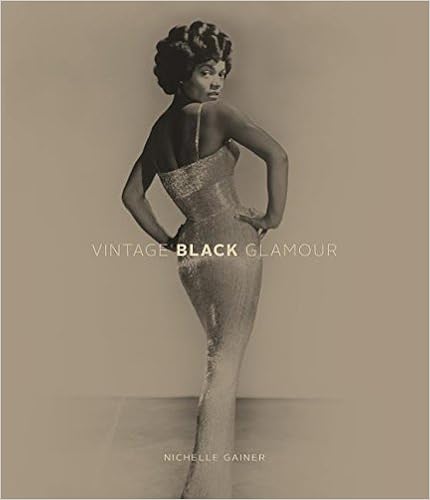
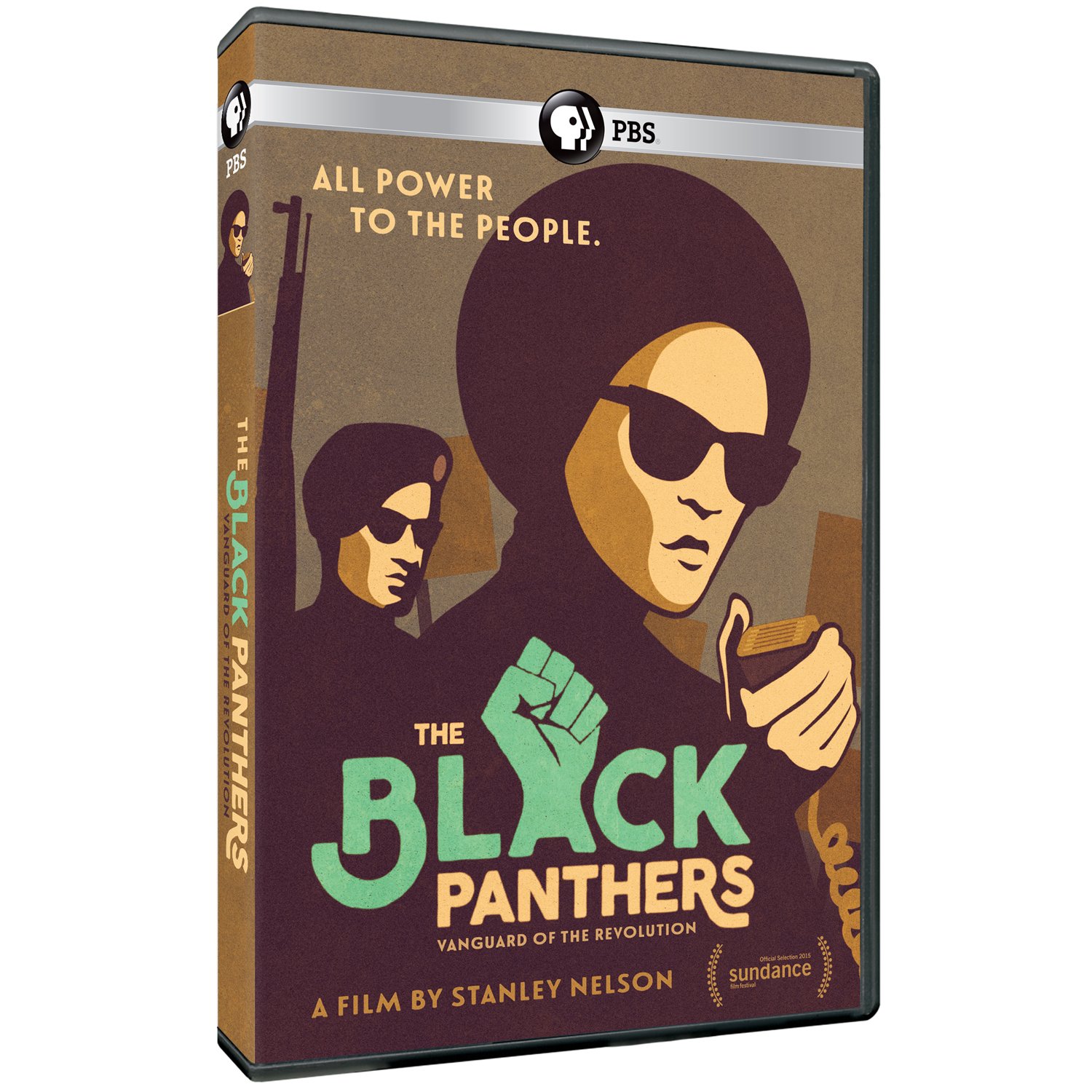

 rried father of three amazing sons. He is also a proud graduate of Duke University where he holds a BA in History and African/African American History, and Howard University School of Law. He is also a regular commentator on the In The Black podcast. Rick is passionate about our history and helping to educate our community concerning the great contributions of people of color to the world. You can find Rick on Twitter @RealRickMcCray.
rried father of three amazing sons. He is also a proud graduate of Duke University where he holds a BA in History and African/African American History, and Howard University School of Law. He is also a regular commentator on the In The Black podcast. Rick is passionate about our history and helping to educate our community concerning the great contributions of people of color to the world. You can find Rick on Twitter @RealRickMcCray.
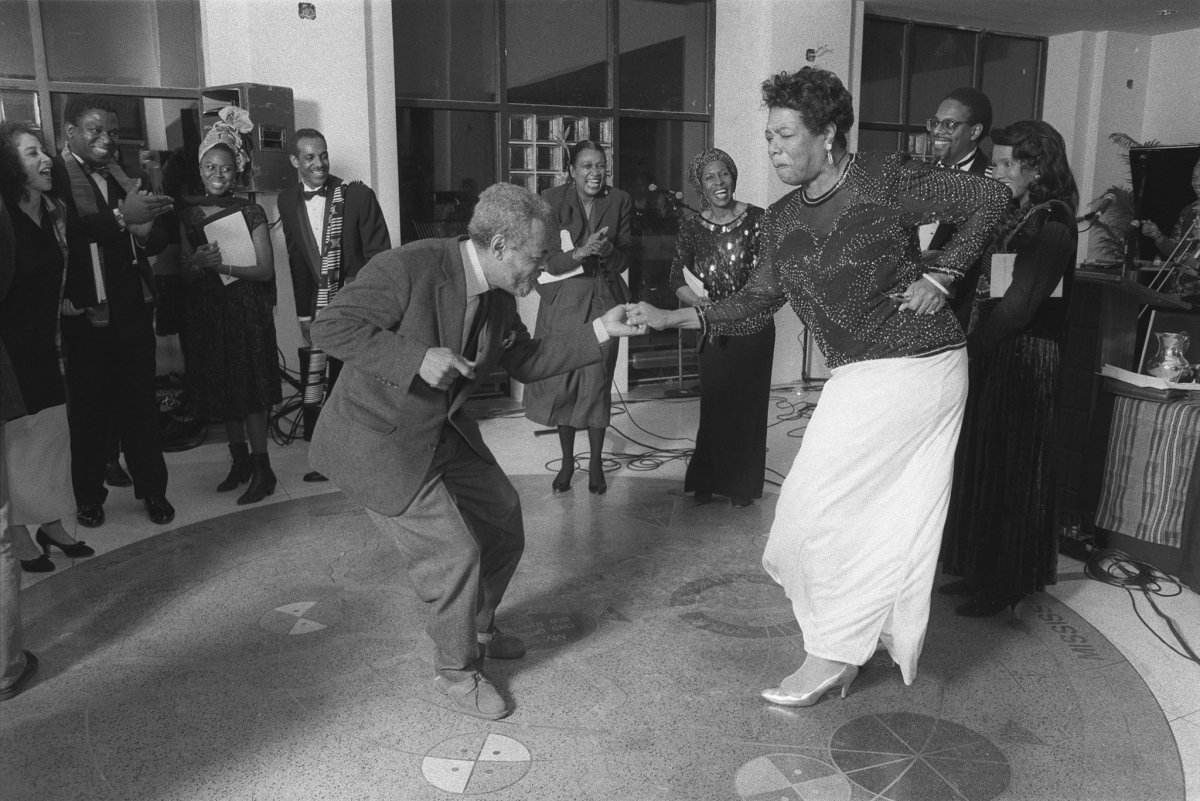

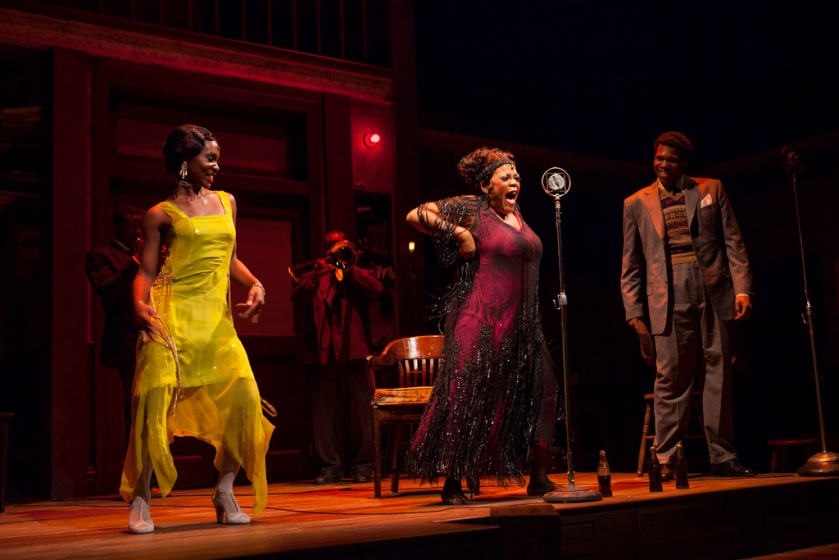
 attorney by day and writer all the time. Her work has been featured on
attorney by day and writer all the time. Her work has been featured on 
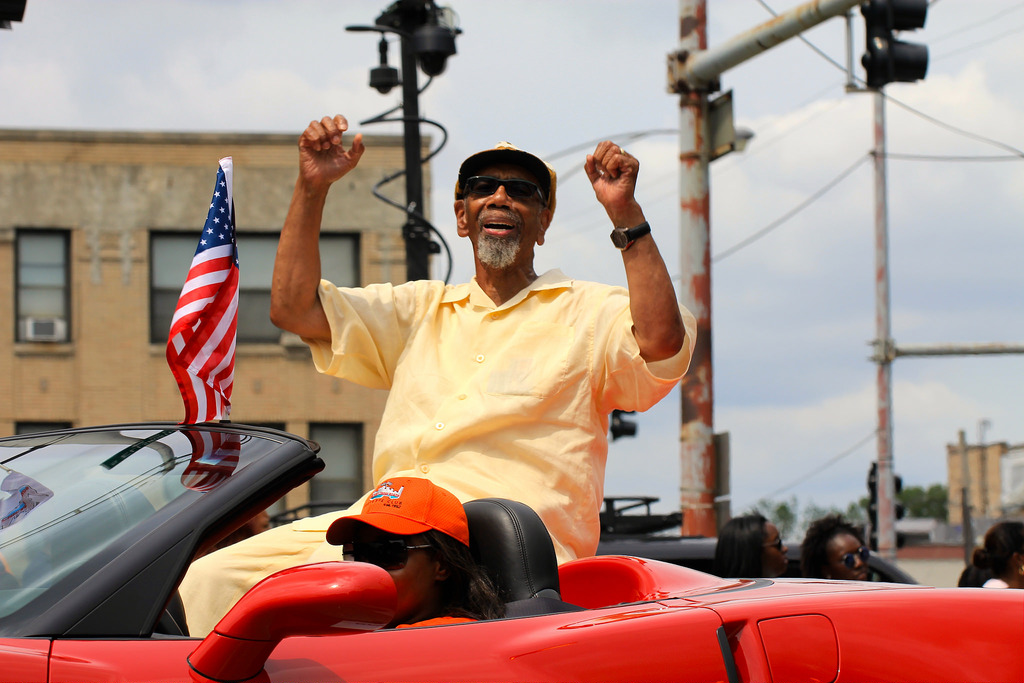










 attorney by day and writer all the time. Her work has been featured on
attorney by day and writer all the time. Her work has been featured on